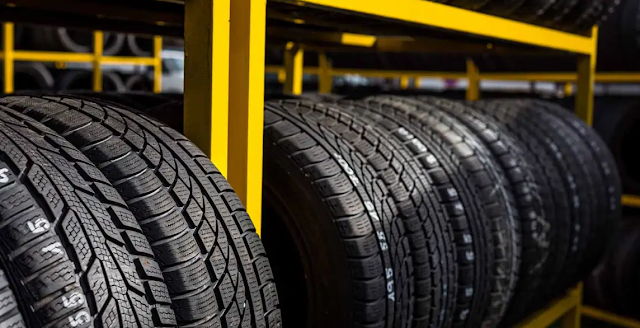TIRE PRESSURE COURT RULING

In a ruling issued April 4, 2017, the Federal Circuit has upheld a PTAB decision to invalidate claims 1-5, 10-19, and 21 of patent 5,602,524 to Wasica Finance GmbH and Bleuarc Finance AG (the ‘524 patent). The ‘524 patent is related to a tire pressure monitoring system where pressure data received from respective pressure measuring devices are sent to corresponding receivers with corresponding, unique identification signals that specify the original transmitter. The Federal Circuit found that the claims were anticipated by Italian Patent No. 1,219,753 (“Oselin”) and/or obvious over Oselin and various secondary references. Oselin discloses vehicular systems for monitoring tire pressure. The crux of the asserted differences between the claims of the ‘524 patent and Oselin lied in the construction of the claim terms “pressure measuring device,” “electrical pressure signal,” and “pressure transmitting signal.” Therein, Wasica asserted Oselin failed to disclos...




